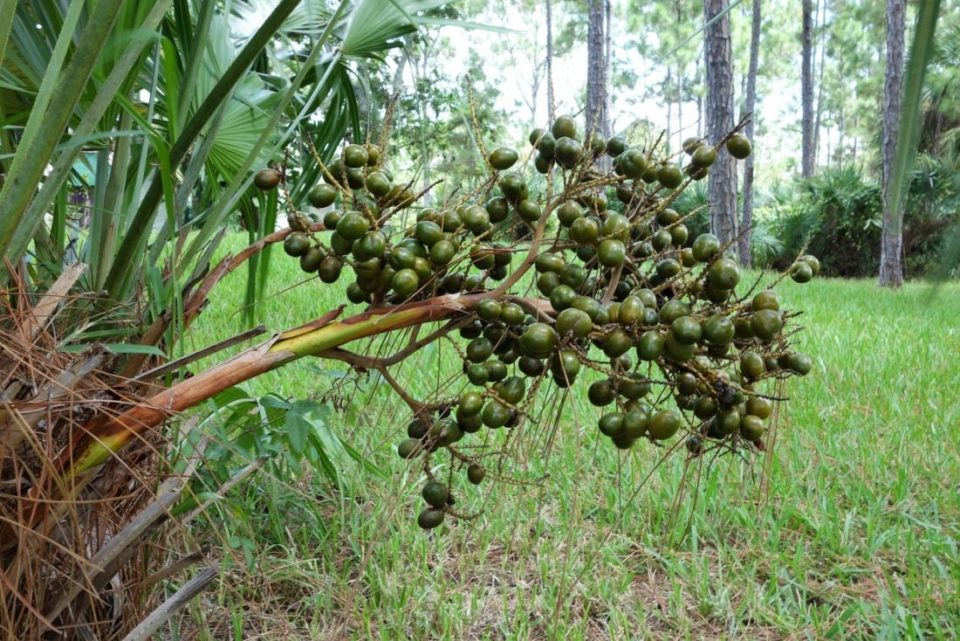Saw palmetto (or Florida palm) is a tree that grows wild on the Southeast coasts of the United States and Central and South America. It develops in very dense colonies, sometimes forming almost impenetrable forests. It likes dry and sandy soils and does not resist frost.
The Native Americans ate the fruit of this palm. It was a staple food for them. They dried them and could therefore keep them all year round.
In traditional medicine, Indian healers used the fruit to treat many ailments in the urogenital area such as prostate problems, urinary and genital infections but also mucosal irritations. They also used it as a diuretic, as expectorant to treat cough, or as a sedative. You can read more and come up with the best solutions there.
Dwarf palm tree origin
It was not until 1894 that saw palmetto was first described as having a beneficial effect on benign enlarged prostate. In France, Serenoa Repens (scientific name of saw palmetto) only appeared in 1986 in a medical journal and then in 1987 in Dorvault’s famous work.
Appearance, composition and format
The dwarf palm is a small tree with a creeping or buried monocaule stipe. It measures from 70 cm to 3 m high.
The very broad and short leaves are palmate and fan-shaped. They are light green or gray blue.
The palm tree is in bloom from February to mid-April: they are white, small and solitary or in groups of two or three.
The fruit is a fleshy black drupe, the size of an olive containing a seed. At maturity, between August and September, small wrinkles appear.
It is at this time that it is harvested, dried and reduced to powder. The active ingredients are extracted before they are packaged in capsules or capsules.
Dwarf Palm Tree Appearance
There are many compounds found in the Serenoa Repens drupes, including:
Free fatty acids and their esters are there, the majority of which are lauric, myristic and oleic acid, but also linoleic, linolenic, palmitic, palmitoleic, caproic, caprylic and stearic acid.
- Phytosterols
- Aliphatic alcohols
- Properties
Saw palmetto extract helps the human urinary system to function properly. Saw palmetto is often combined with other plants such as nettle, African plum and pumpkin seeds. Saw palmetto reduce hair loss of hormonal origin, by inhibiting the enzymatic action which produces DHT (dihydrotestosterone), responsible for hair loss.
Contraindication
Due to the theoretical possibility that saw palmetto extract has estrogenic or antiandrogenic activity, it is contraindicated in the event of pregnancy.
A little history
Among the Native Americans who once inhabited Florida, the berries of the saw palmetto (so called because it does not exceed 3 meters) were used as food. They also used it for various urinary system disorders in men and breast problems in women.
Europeans, who found that saw palmetto berries had an unpleasant taste of soap, retained only medicinal uses. In America it was used to treat symptoms related to benign prostatic hyperplasia (BPH).

